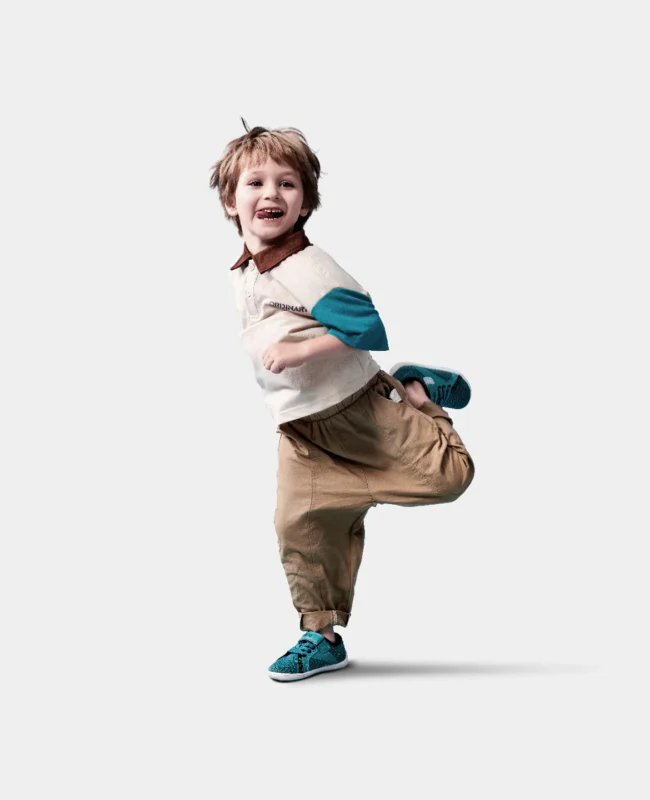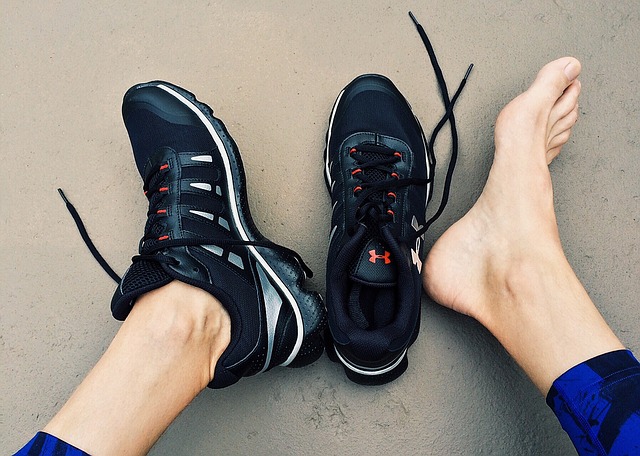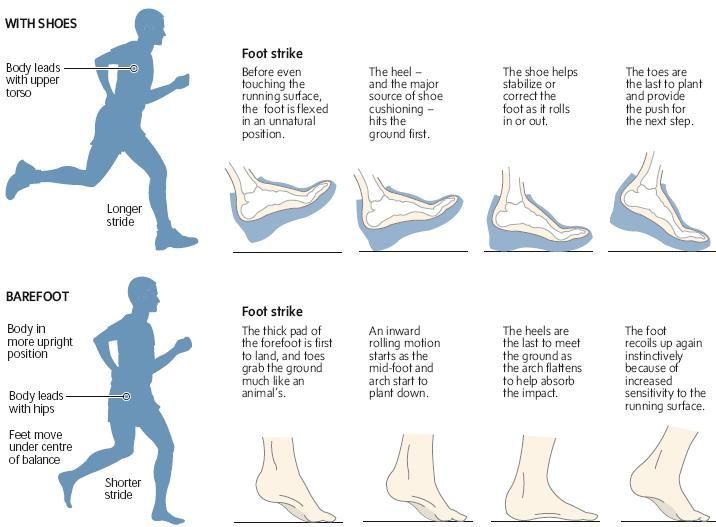Чи відчували ви коли-небудь дискомфорт або біль після носіння взуття, але вважали це «нормальним»? Багато людей не усвідомлюють, яку шкоду може завдавати їхнє взуття, поки не стає занадто пізно. Насправді, неправильне взуття може призвести до хронічних проблем зі стопами, болю та навіть негативно вплинути на вашу поставу.
Давайте розглянемо ознаки того, що ваше взуття може шкодити вашим ногам, і дізнаємось, як берфут-взуття може стати здоровішою альтернативою.
Ознаки того, що ви носите неправильне взуття

Ознаки того, що ваше взуття вам не підходить
1. Постійний біль у стопах
- Чи помічали: ниючий біль у стопах, п’ятах або пальцях, який не проходить навіть після зняття взуття.
- Чому це трапляється: незручне або тісне взуття може перенапружувати м’язи стоп, що призводить до запалення та дискомфорту.
2. Мозолі, натоптиші та пухирі
- Чи помічали: почервоніння, потертості або загрубілі ділянки шкіри.
- Чому це трапляється: якщо взуття тисне або натирає, шкіра реагує, утворюючи мозолі та пухирі.
3. Кісточки на пальцях або викривлені пальці
- Чи помічали: випуклість біля великого пальця або пальці, які здаються зігнутими.
- Чому це трапляється: вузьке трикутне взуття стискає пальці, змушуючи їх приймати неприродну форму.
4. Оніміння або поколювання
- Що помічати: відчуття «мурашок» або втрата чутливості в пальцях.
- Чому це трапляється: якщо взуття занадто тісне, воно може перетискати нерви та порушувати кровообіг.
5. Швидкий знос взуття на одному боці
- Чи помічали: підошва зношується нерівномірно, наприклад, більше з одного боку.
- Чому це трапляється: незручне взуття або неправильна хода змушують стопу розподіляти вагу нерівномірно.
6. Біль у спині або колінах
- Чи помічали: неприємні відчуття у спині чи колінах після довгого ходіння.
- Чому це трапляється: якщо взуття має високі підбори або недостатньо підтримує стопу, це може змінювати поставу та створювати зайве навантаження на суглоби.
Чому традиційне взуття не підходить?

Традиційне взуття часто розробляється з акцентом на стиль, а не на функціональність, що може призвести до довгострокових проблем із стопами.
Ось як це працює:
Високі підбори: Переміщують вагу вперед, що створює навантаження на склепіння стопи та змінює вашу природну ходу.
Вузька носова чатина : Стискають пальці стоп, що призводить до деформацій та дискомфорту.
Жорстка підошва: Обмежує природний рух стоп, ослаблюючи м’язи з часом.
Надмірна амортизація: Заохочує ходу на п’яті, що збільшує навантаження на суглоби.
Як берфут взуття є здоровішою альтернативою
Берфут взуття спеціально створене, щоб підтримувати природну форму та рухи стопів. Ось чим вони відрізняються від традиційного взуття:
1. Широкий носок
- Дає місце для пальців, щоб вони могли природно розміщуватися та рухатися.
- Зменшує тиск і запобігає таким проблемам, як кісточки або молоткоподібні пальці.
2. Підошва без підйому (Zero-Drop)
- Тримає пальці і п’яту на одному рівні, що сприяє правильному вирівнюванню та знижує навантаження на суглоби.
3. Гнучкий дизайн
- Дозволяє стопам рухатися, зміцнюючи м’язи та покращуючи мобільність.
4. Легке та мінімалістичне
- Допомагає зменшити втому та сприяє природному руху.
5. Покращена чутливість
- Тонка підошва забезпечує кращу чутливість до поверхні, що допомагає покращити баланс і стабільність.
Як знайти правильне взуття для ваших стоп
Підібрати за довжиною стоп: Переконайтеся по устілці, що є достатньо місця для комфортного руху пальців.
Гнучкість: Шукайте взуття, яке масимально гнучке.
Плоска підошва: шукайте взуття з рівною підошвою для збереження правильного положення тіла.
Комфорт: Ваші туфлі повинні бути комфортними з першого ж моменту носіння — без потреби «розносити» їх.
Висновок: обирайте комфорт і здоров’я
Носіння неправильного взуття може негативно вплинути на ваші стопи і загальне здоров’я. Якщо ви відчуваєте біль, дискомфорт або проблеми зі стопами, можливо, настав час переосмислити вибір взуття. Берфут взуття пропонує природну, здоровішу альтернативу, що сприяє комфорту, правильному положенню стоп і їхньому здоров’ю на довгі роки.
Не ігноруйте сигнали вашого тіла — ваші стопи заслуговують на краще!







